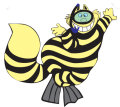Sound of Mull - 13th - 20th August 2022
The journey north to Oban to catch the ferry to the Isle of Mull was smooth and uneventful. We arrived at our accommodation in Salen, sorted kit and room assignments before eating together. The weather forecast for the week meant that our dive sites were to be within the Sound of Mull.
Sunday 14th of August
We transferred our kit on to the hard boat Brendan, met our skipper Stuart from Lochaline Dive Charters, and set out to dive Auliston Wall on the mainland. Viz was around 5m though quite silty due to previous storms and big tides, and the water temperature was a pleasant 14 degrees. The walls were covered in both red and orange Deadmans Fingers, Northern Sea Fan, Plumose, Sea Loch, and Cluster Anemones, Devonshire Cup Coral, plus the odd patch of tiny Jewel Anemones, a variety of sea squirts, sponges, bryozoa, and hydroids. We spotted nudibranchs, Long Clawed Squat Lobster, Leopard Spotted Gobies, Velvet Swimming Crab, Cuckoo and Ballan Wrasse. Best finds were lobster, octopus, Ling, and Crayfish. Our second dive was The Pelican just outside Tobermory harbour.
Monday 15th of August
Our morning dive was Calve Island Wall, which like the Auliston Wall, was covered in marine life. Our second was on the classic SS Hispania. Every structure on the wreck is plastered with Plumose Anemones. Large Pollack and Ballan Wrasse swam effortlessly in the current.
Tuesday 16th of August
The winds were northerly and picking up on Tuesday, so we caught the ferry from Fishnish to Lochaline to get on the boat in the shelter of the harbour. The first dive was the Shuna which is home to large Pollack. The port side is covered with Peacock Worms and white sea squirts. The afternoon dive was the Rondo which, like the Hispania, is covered in Plumose Anemones.
Wednesday 17th of August
Wednesday was an early start to get to Risga Pinnacle in time to shot it and wait for slack water. The pinnacle was covered in life although quite murky. The best find of the site was Slender Sea Pens. For our second dive we returned to the Hispania. We had less current this time.
Thursday 18th of August
A two-hour journey to The Narrows in Loch Sunart to dive the Flame Shell beds. The seabed is a mass of Brittle Stars which protect their nests. It is also home to huge, brightly coloured Dahlia Anemones, Butterfish, Sponge and Spider Crabs. Our second dive was the Waterfalls, back in the Sound of Mull. Best find was a Thornback Ray, octopus and Highland Dancers – a large swimming nudibranch.
Friday 19th of August
Our week finished with dives on Calve Island Wall and the Shuna before de kitting the boat and saying goodbye to Malcolm and Frazer. We ate out at the Glen Forsa Hotel ready for an early departure on Saturday morning.
Thanks to Tim, Wilf (and non-diving wife Catherine), Steve, Sue, Rob, Jo, Alison, Loz, Mark and Anna for an enjoyable week, diving in the Sound of Mull. Photos taken by Alison, Loz, Mark & Rob.
– Pat & Phil.
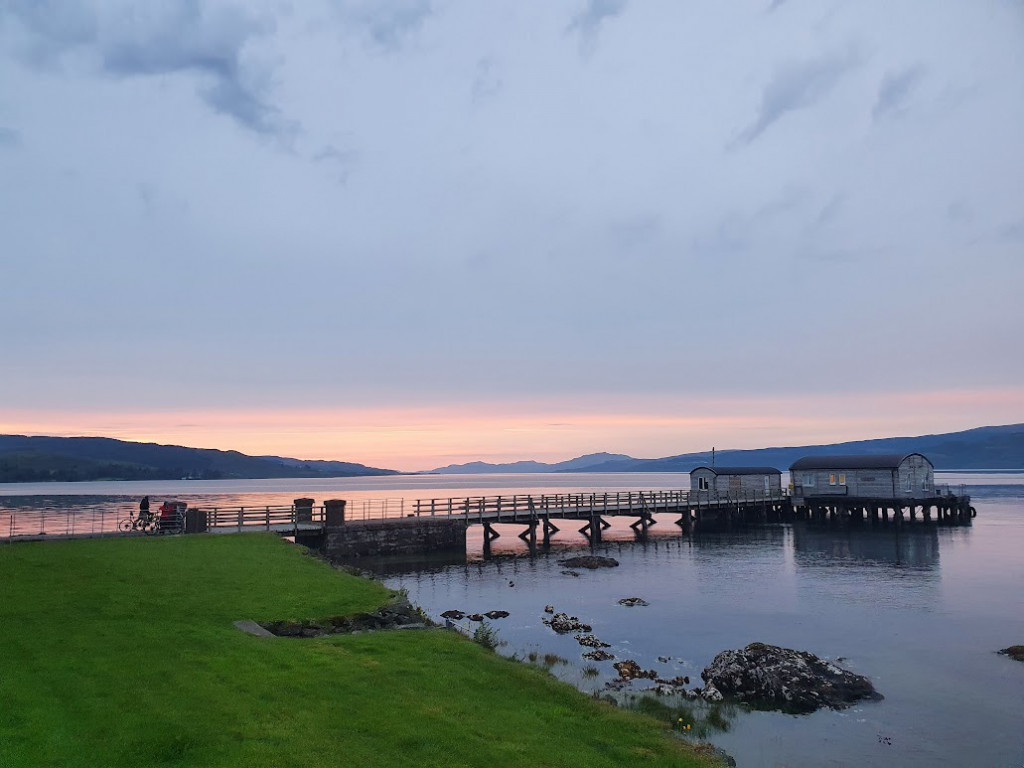
The Dive Sites
The SS Hispania was a 1,323 ton steamer launched in Belgium in 1912. She had an eventful life during the war, coming under attack whilst on route to Bordeaux with a cargo of peanuts and being seized as a war prize by the Vichy authorities. Her owners paid 44,017 Reichsmark to release her. On the 18th of December 1954, she was heading to Varberg, Sweden, from Liverpool. Whilst attempting to navigate the South of Mull she hit Sgeir More (Big Rock). Her twenty crew safely rowed ashore on lifeboats, however her Captain, Ivan Dahn, refused to leave the ship and chose to go down with it. She lies in 26m of water and is only diveable during slack water.
The Shuna was a 1,426 ton steel cargo ship launched in Holland in 1909. On the 8th May, 1913, she was steaming north with a cargo of coal, on passage from Glasgow to Gothenburg. Running into bad weather she entered the Sound of Mull in search of safety, but poor conditions made navigation difficult. She hit Grey Rock at 10:00 PM and began to take on water. Unable to make Tobermory, the captain beached the ship on the north west of Rubha Aird Seisg. The crew could only helplessly watch her slip into deeper waters whilst they waited for assistance to arrive. Today, she sits upright on the seabed at 30m, with deck level at 16m. Her holds are still full of coal and due to her sheltered position, she is not subject to strong tides.
The Rondo was bigger than the Hispania and Shuna again, at 2,363 ton. A classic steel steamship, she was constructed in America by Cunard Steamship Company to avoid contravening America’s neutral status during WWI. She was launched under the name War Wonder 1 in 1917, renamed Lithopolis in 1981, Laurie in 1930, before ultimately Rondo in 1934. On the 25th of January 1935, she entered the Sound of Mull seeking shelter from a storm, having departed Glasgow to head north around the top of Scotland to Northumberland. Her anchor chain failed during the night and she drifted east down the Sound being driven by the strong winds and tide onto Dearg Sgeir, nearly demolishing the lighthouse. It was not possible to salvage her, and today she can still be found at the same spot, lying almost vertical in the water. Her bow sits at a depth of 50m, whilst her stern and rudder is visible just meters from the surface.

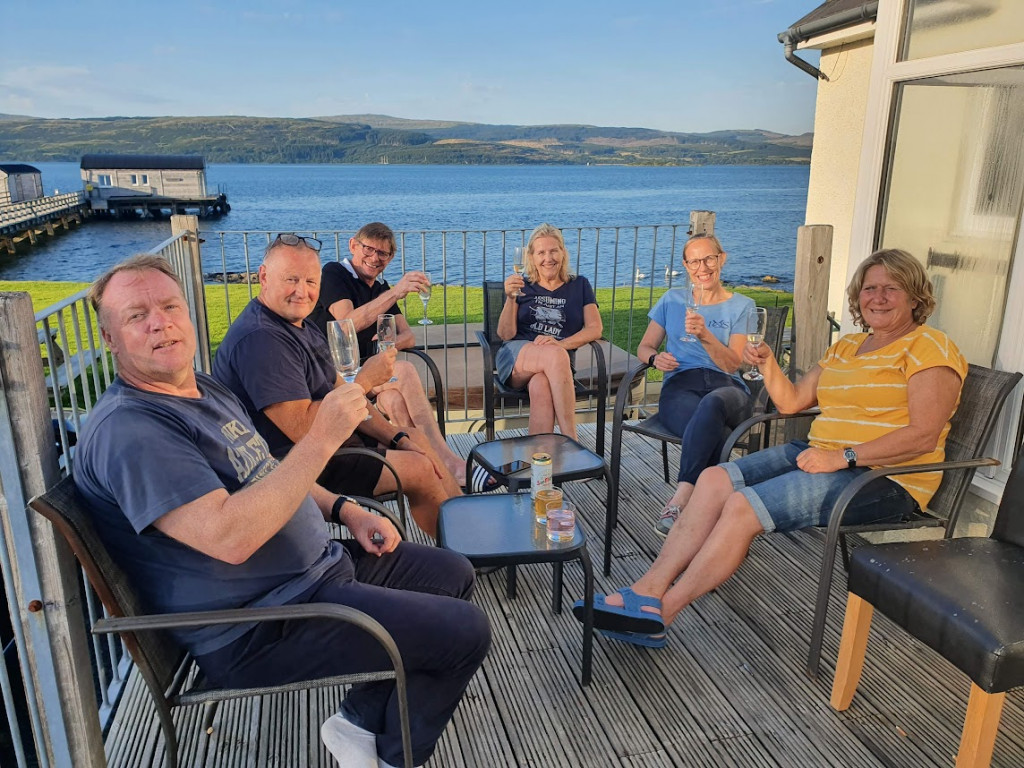
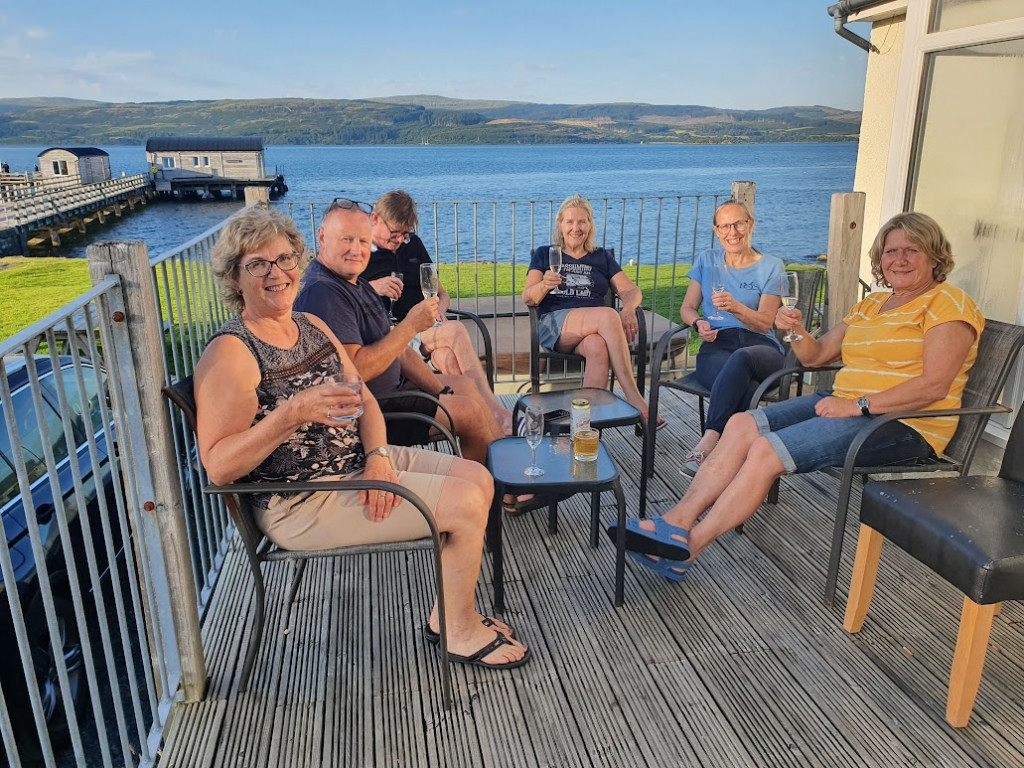
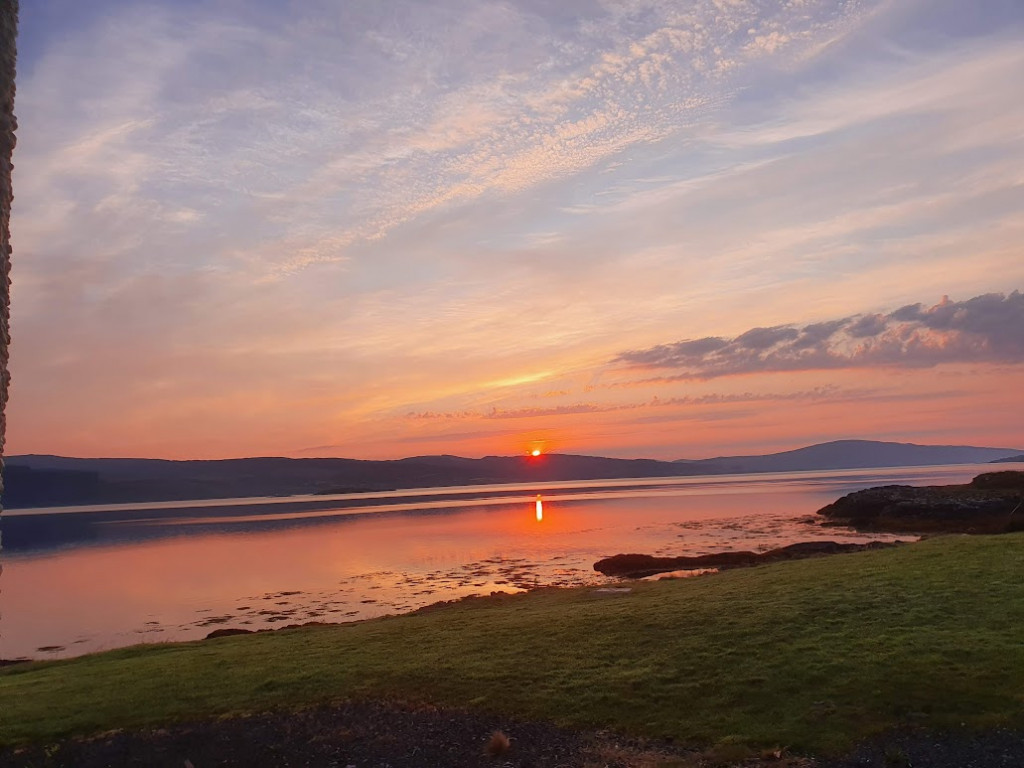
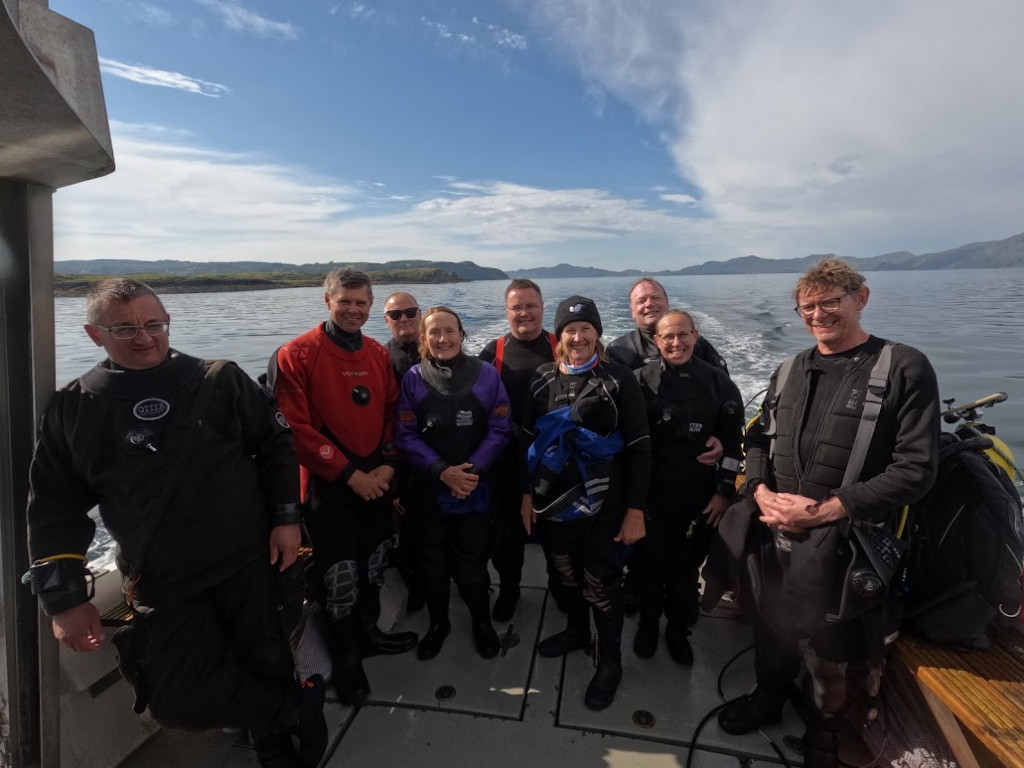
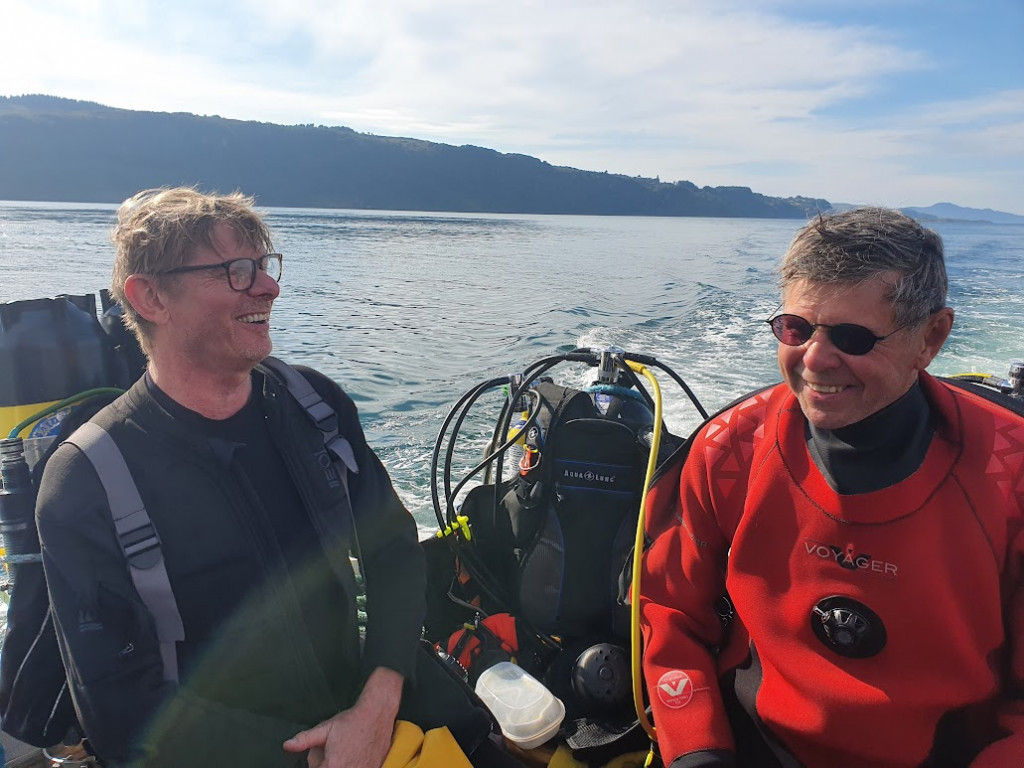
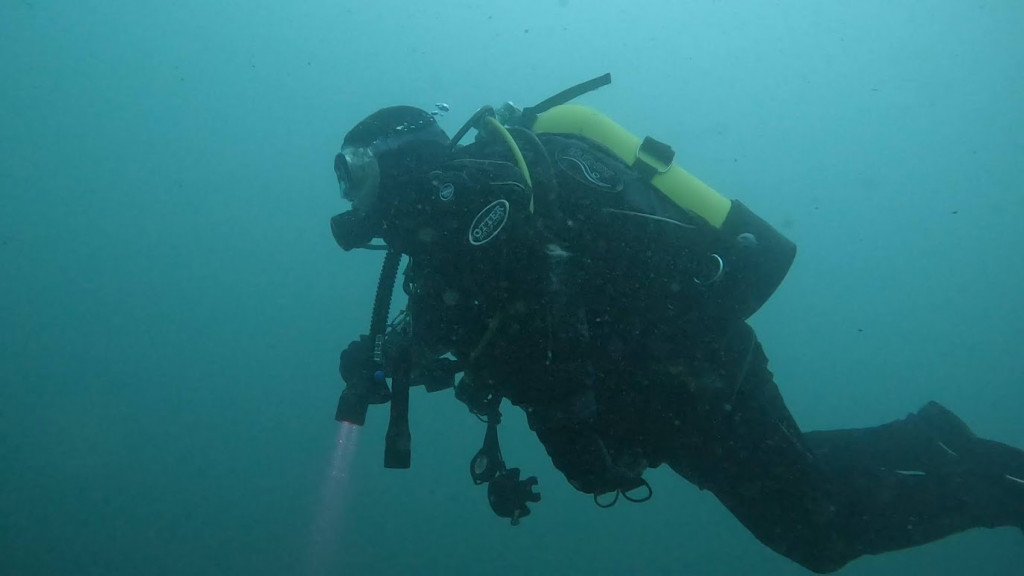
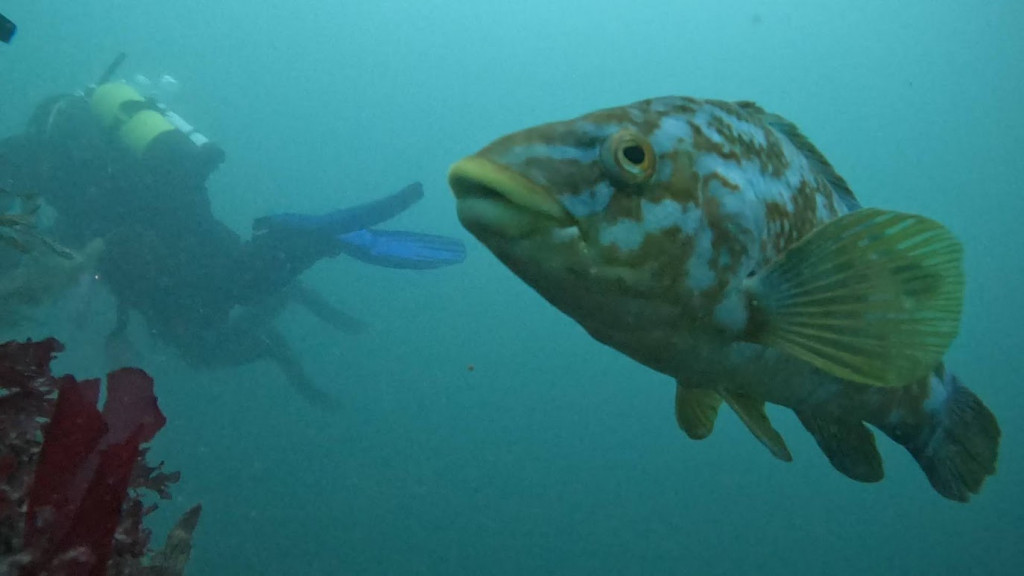
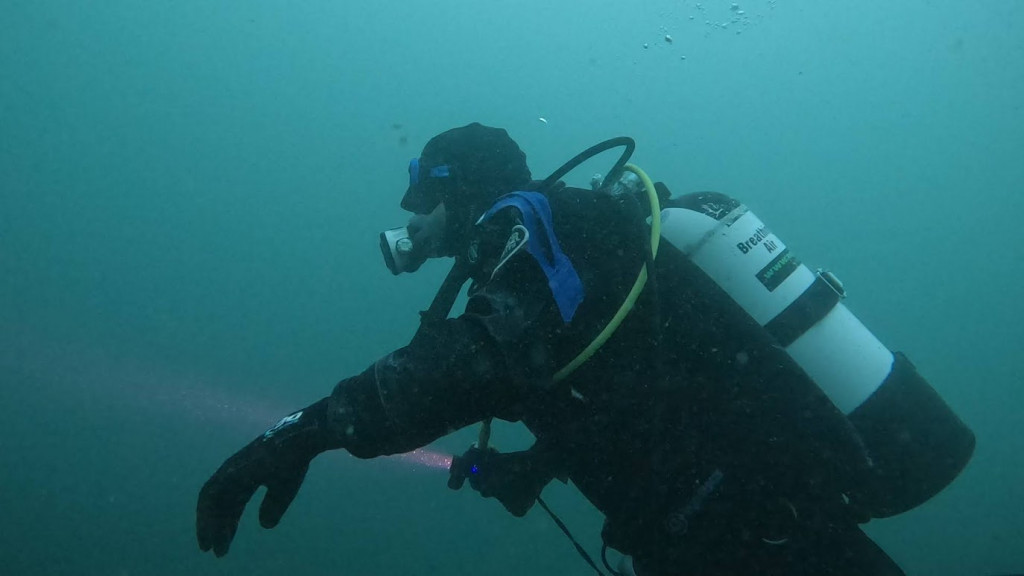
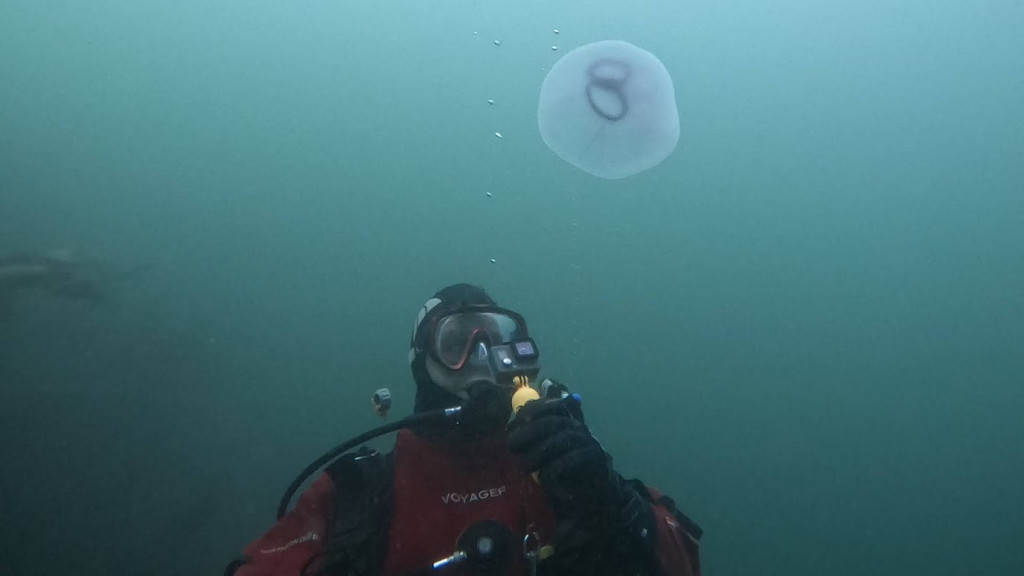
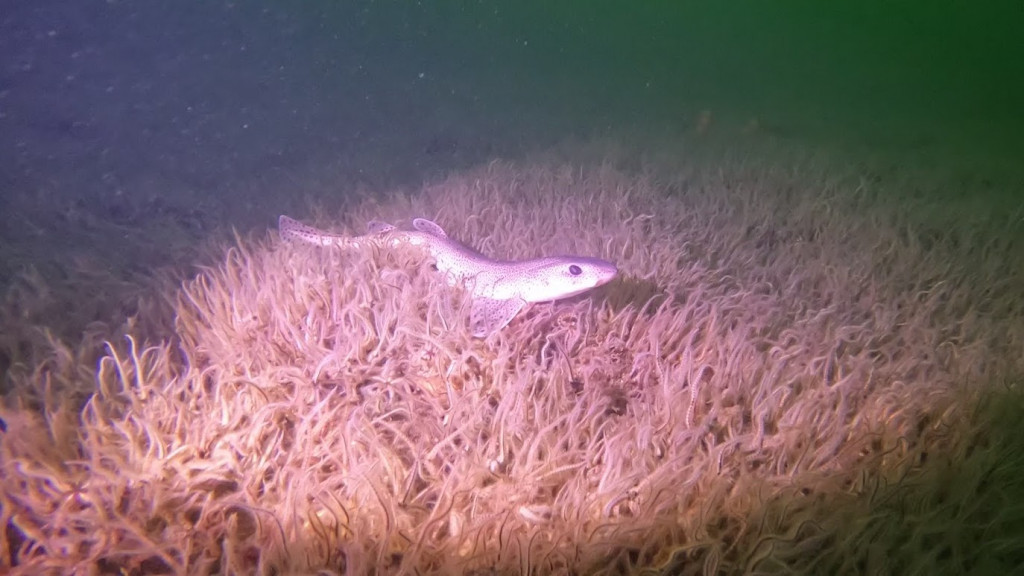
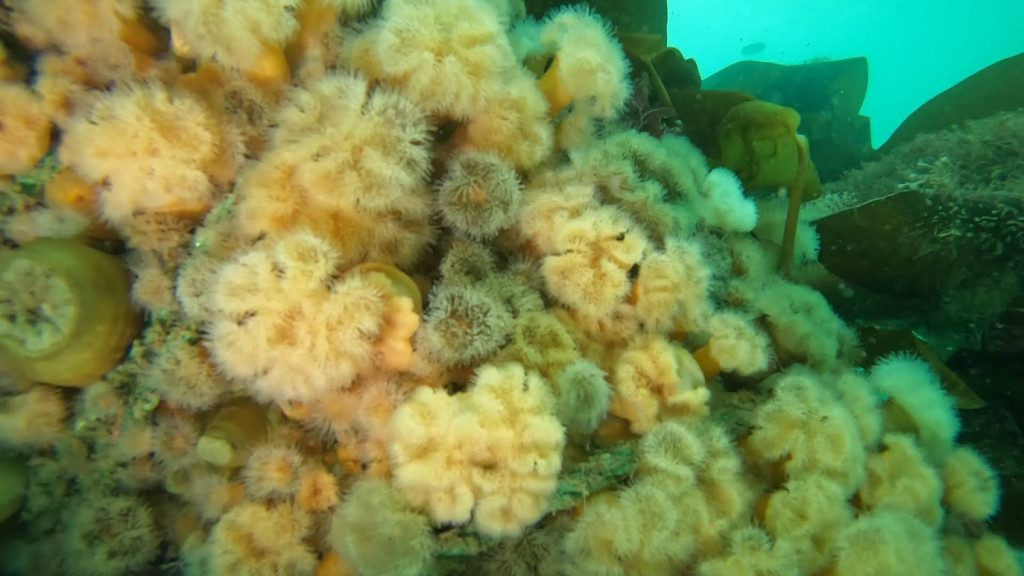
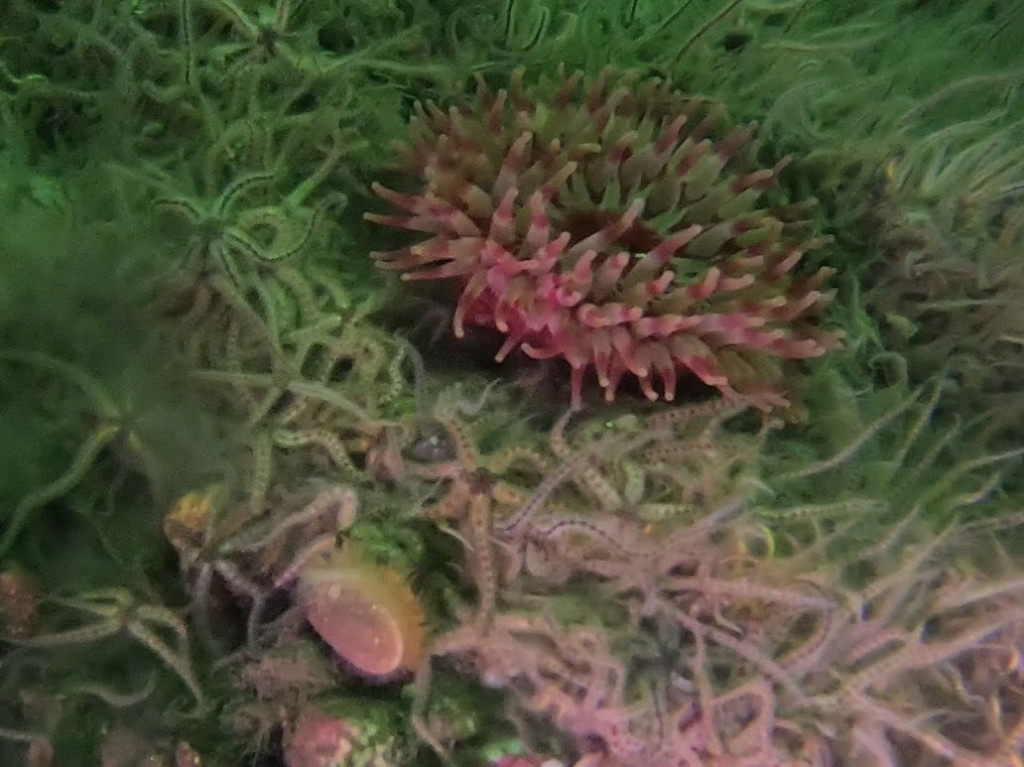
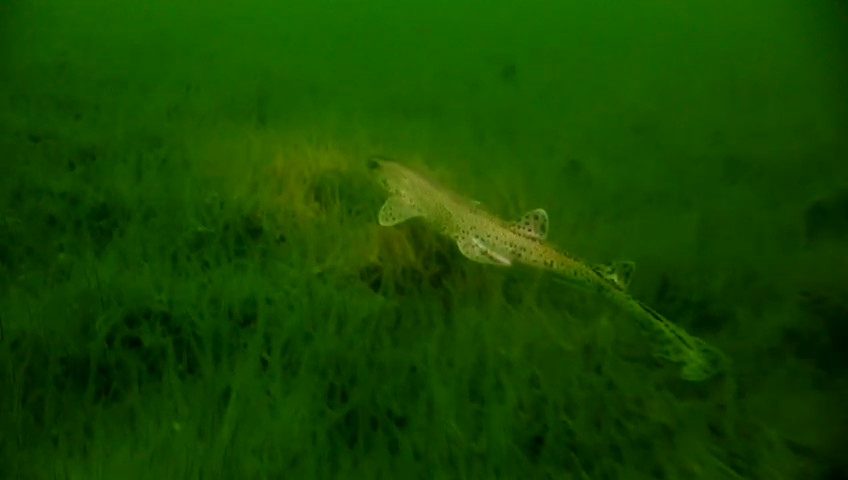
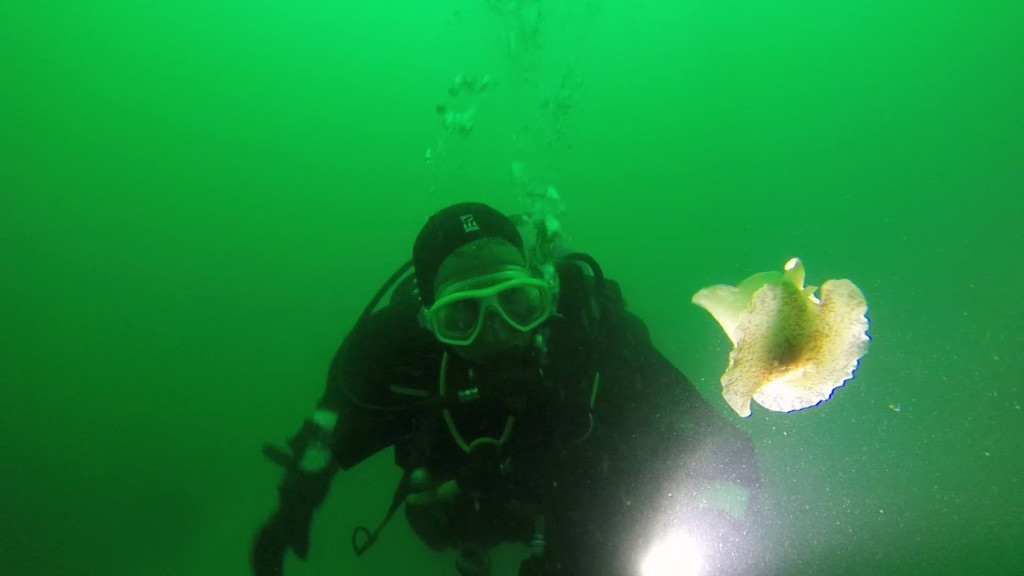
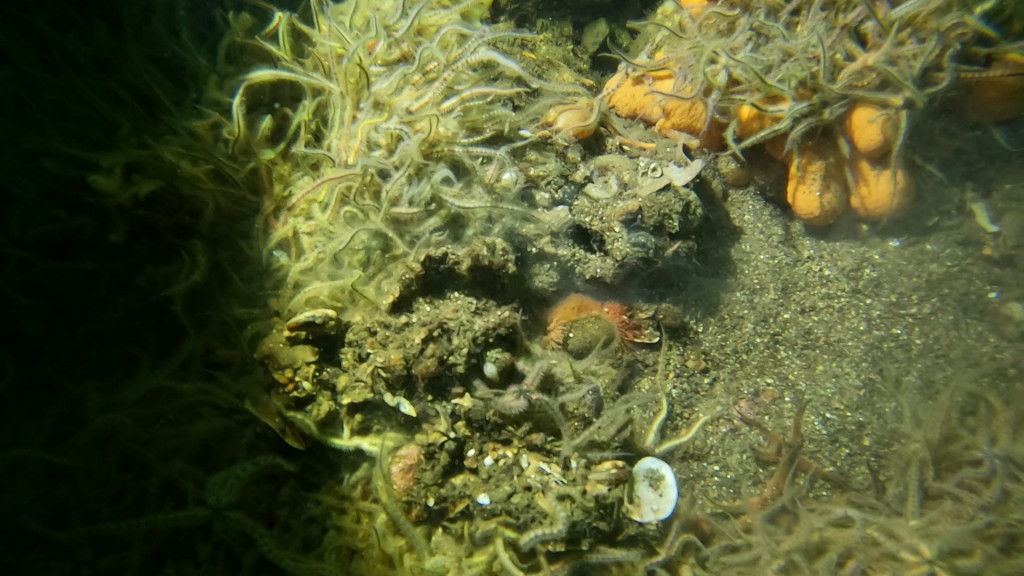
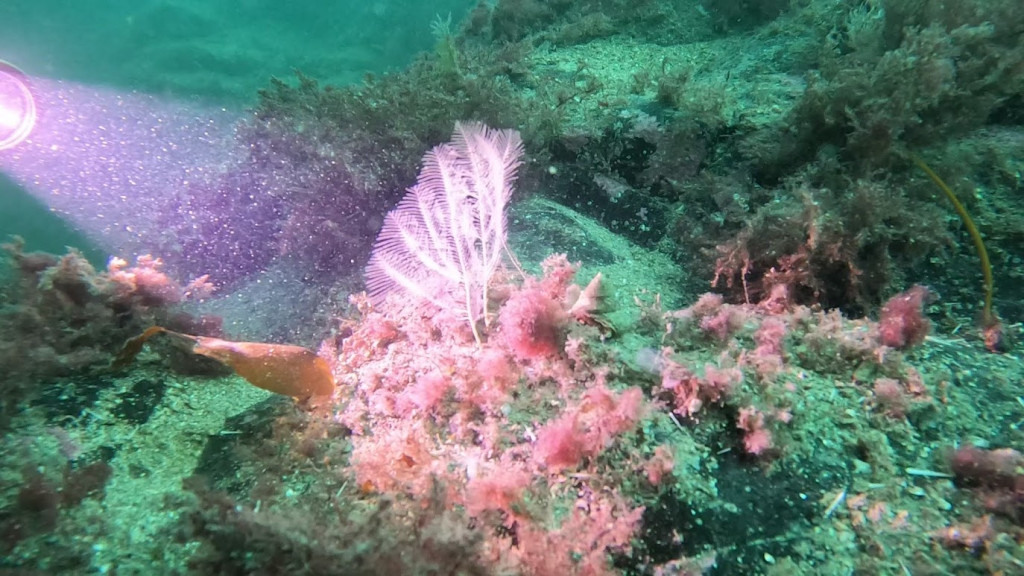
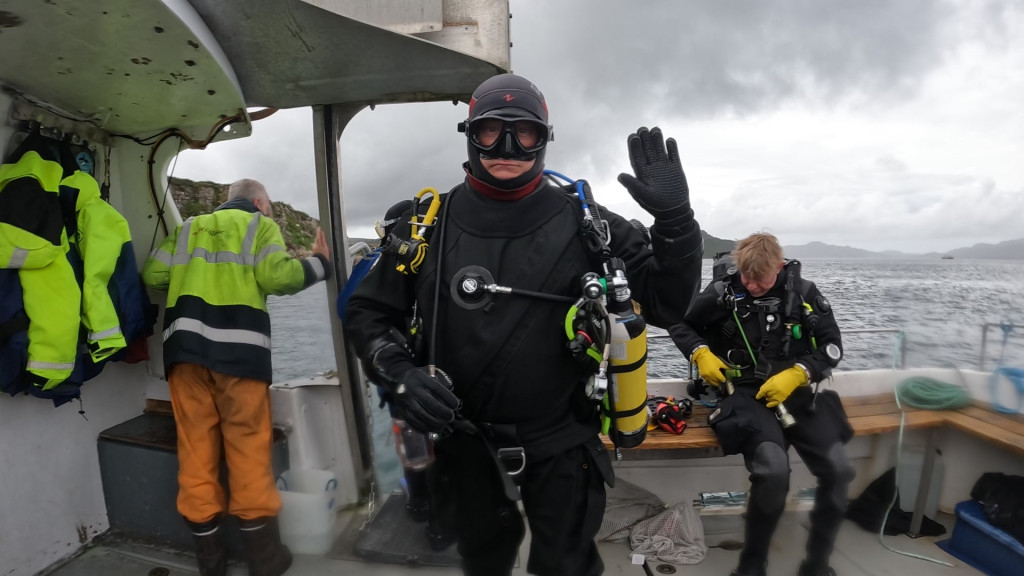
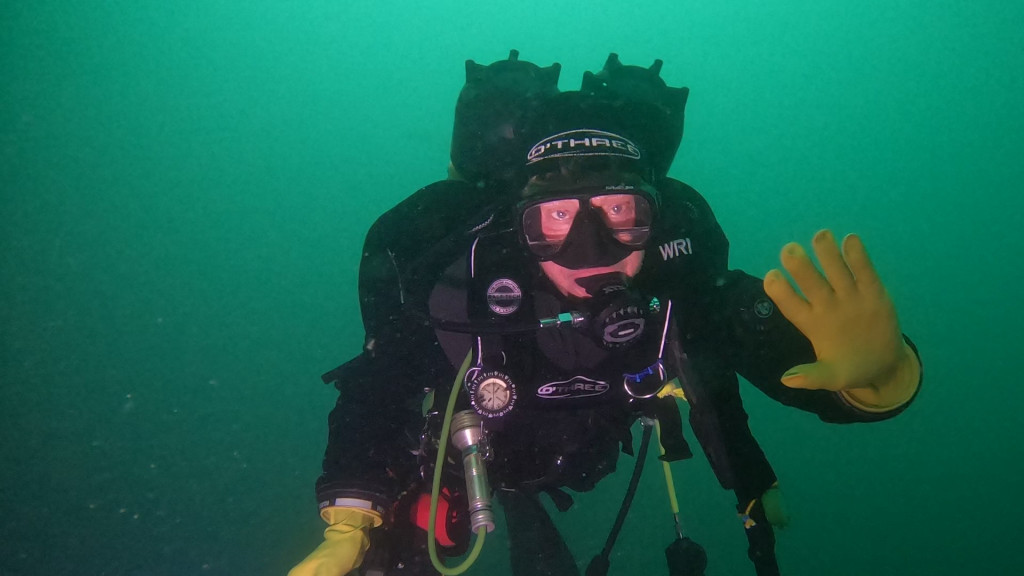
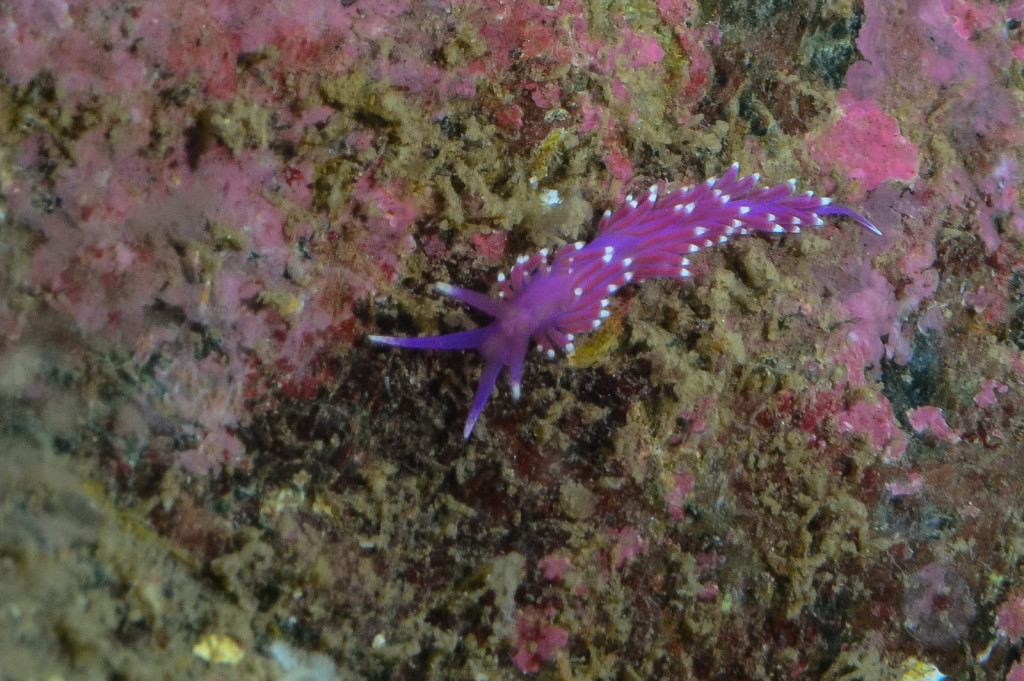
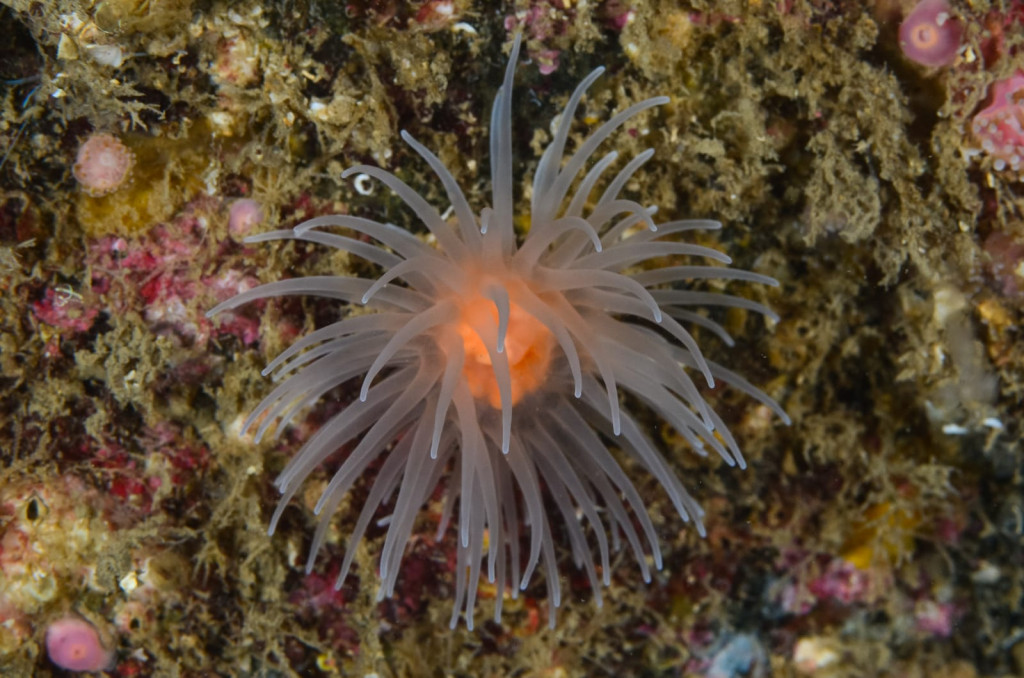
A Highland Dancer – a swimming nudibranch – filmed by Loz
A Thornback Ray – filmed by Loz
Mark & Anna on the Shuna, Loz & Alison on the shotline
